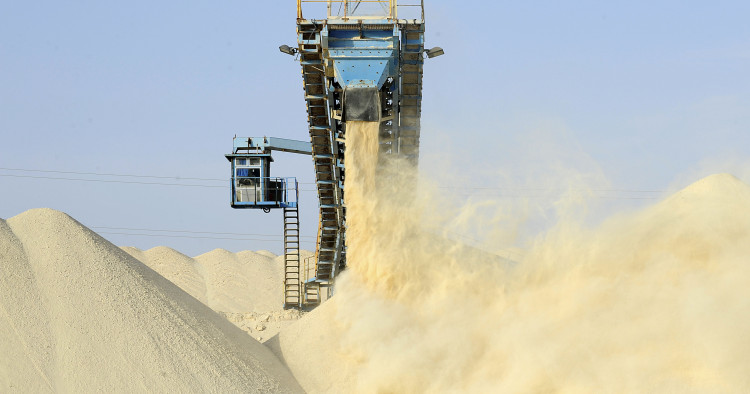Green ammonia in Morocco: an update
By Julian Atchison on January 27, 2022
This article draws on references and themes discussed in a new publication by Professor Michaël Tanchum: Morocco’s New Challenges as a Gatekeeper of the World’s Food Supply: The Geopolitics, Economics, and Sustainability of OCP’s Global Fertilizer Exports (Middle East Institute, 18 Jan 2022).
OCP, Fraunhofer and IRESEN – slowly proceeding
In 2018 we reported on a cooperation agreement between phosphate & fertiliser giant OCP, German research institute Fraunhofer and the Moroccan Institute for Research in Solar Energy and New Energies (IRESEN). The partners intend to replicate Fraunhofer’s pilot green hydrogen plant in Ben Guerir, Morocco, but with one critical addition: an ammonia synthesis unit. In his analysis, Tanchum cites an article from The Africa Report that suggests the 1,460 tonnes per year green ammonia project is slowly progressing:
“After a conceptual study phase, the project is now in the final tendering phase” of its implementation, says OCP, specifying that it will be operated – once completed – by Mohammed-VI Polytechnic University and the Green Energy Park (a research platform developed by Iresen) in Benguerir.
Julie Chaudier, “Will Hydrogen fuel Morocco’s industrial projects of the future?”, The Africa Report, 6 Sept 2021
A similar – but hydrogen-focused – project was launched in 2020, when Morocco became the first African country to sign a green hydrogen agreement with the German government. Morocco’s Agency for Solar Energy (Masen) would lead development of a 10,000 tonnes per year green hydrogen facility, financed by the German development bank KfW (who had already backed the famous Noor solar power plant). Indications are a tender will be launched this year with green hydrogen production expected to commence in 2025.
Diplomatic complications

Both these green projects were affected by Morocco’s suspension of diplomatic relations with Germany in March 2021, and forced to proceed without any interactions with their German partners. Into this void stepped Ireland-based Fusion Fuel, who signed a deal in July 2021 to develop a 183,000 tonnes per year green ammonia plant in Rabat based on their proprietary HEVO technology. This project already has an ammonia off-taker – Vitol – locked in.
The importance of Morocco’s energy transition
Tanchum rightly points out that Morocco’s unparalleled phosphate resources & keystone role in global fertiliser production effectively makes it the “gatekeeper of the world’s food supply”. OCP is currently involved in grey ammonia development projects in Nigeria, Ghana and Ethiopia, with Nigeria and Ghana currently sitting on large natural gas deposits. But, renewable ammonia represents an opportunity for Morocco to:
transform the current vicious cycle in the food-energy-water nexus into a virtuous cycle in which fertilizer manufacturing is not only powered by renewable energy, but the ammonia itself is produced using green hydrogen as an input instead of the “gray” hydrogen derived from natural gas…The future of Morocco’s role as a gatekeeper of global food supply chains will ultimately depend on its success at home in achieving energy transition to increase the sustainability of its fertilizer industry.
Professor Michaël Tanchum, Morocco’s New Challenges as a Gatekeeper of the World’s Food Supply: The Geopolitics, Economics, and Sustainability of OCP’s Global Fertilizer Exports, Middle East Institute, 18 Jan 2022.